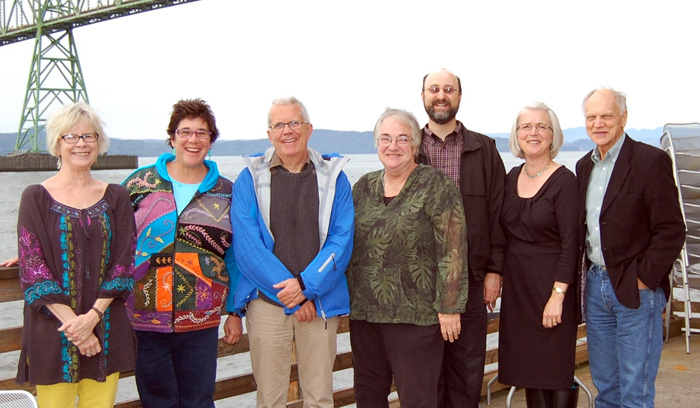
OUR STORY
The OHSU Institute on Development & Disability (IDD) is a department within the School of Medicine at Oregon Health & Science University. IDD is composed of two primary units—the Child Development and Rehabilitation Center (CDRC) and the Public Health, Research, and Education (PHRE) units. IDD strives to advocate for accessibility, leadership development and collaboration for full participation of people with disabilities and their families.
CDRC houses the clinical services for children with special health needs and grew from the Crippled Children’s Services which began in Oregon in the early 1900s. CDRC has clinical offices in Portland and Eugene, Oregon, with outreach clinics throughout the state. The PHRE units include the Oregon Center for Children and Youth with Special Health Needs (OCCYSHN), the Oregon Office on Disability and Health (OODH), the Leadership Education in Neurodevelopmental Disabilities program (LEND), the Disability and Health Research Group (DHRG), and the University Center for Excellence in Developmental Disabilities (UCEDD). The UCEDD has a 35-year history of promoting the well-being of persons with developmental disabilities through training, research and evaluation, community services, technical assistance, dissemination, and policy development.
A major effort is underway to embed the International Classification of Functioning, Disability and Health (ICF) and International Classification of Functioning, Disability and Health-Children & Youth (ICF-CY) framework into our research and clinical activities.
OUR PROJECT
We developed a new framework for educational planning for students who use or could potentially use augmentative and alternative communication, the Communication Supports Inventory-Children & Youth (CSI-CY). Based on the ICF-CY, the CSI-CY profiles the student's communication strengths and needs to guide communication intervention for children who use AAC. The target population is children in public school K-12 programs who experience severe communication disorders and who use AAC to augment or replace speech. We were guided by input from special educators and speech-language pathologists from across the nation who used the new AAC-ICF framework to develop goals for their students. We evaluated its reliability and validity for developing standardized IEP goals that drive systematic AAC intervention. This project is funded by a generous grant, award number R324A090028, from the Institute of Education Sciences, U.S. Department of Education.
OUR TEAM

Charity Rowland, Melanie Fried-Oken, Sandra A. M. Steiner, Donald Lollar (absent), Randall Phelps¹,
Rune J. Simeonsson², Mats Granlund³, and Gayl Bowser4
¹Oregon Health & Science University
²University of North Carolina at Chapel Hill
³Jonkoping University
4Independent AAC Consultant
Contact person:
Charity Rowland
Professor of Pediatrics
Oregon Health & Science University
ICF-CY for AAC Study
friedm@ohsu.edu